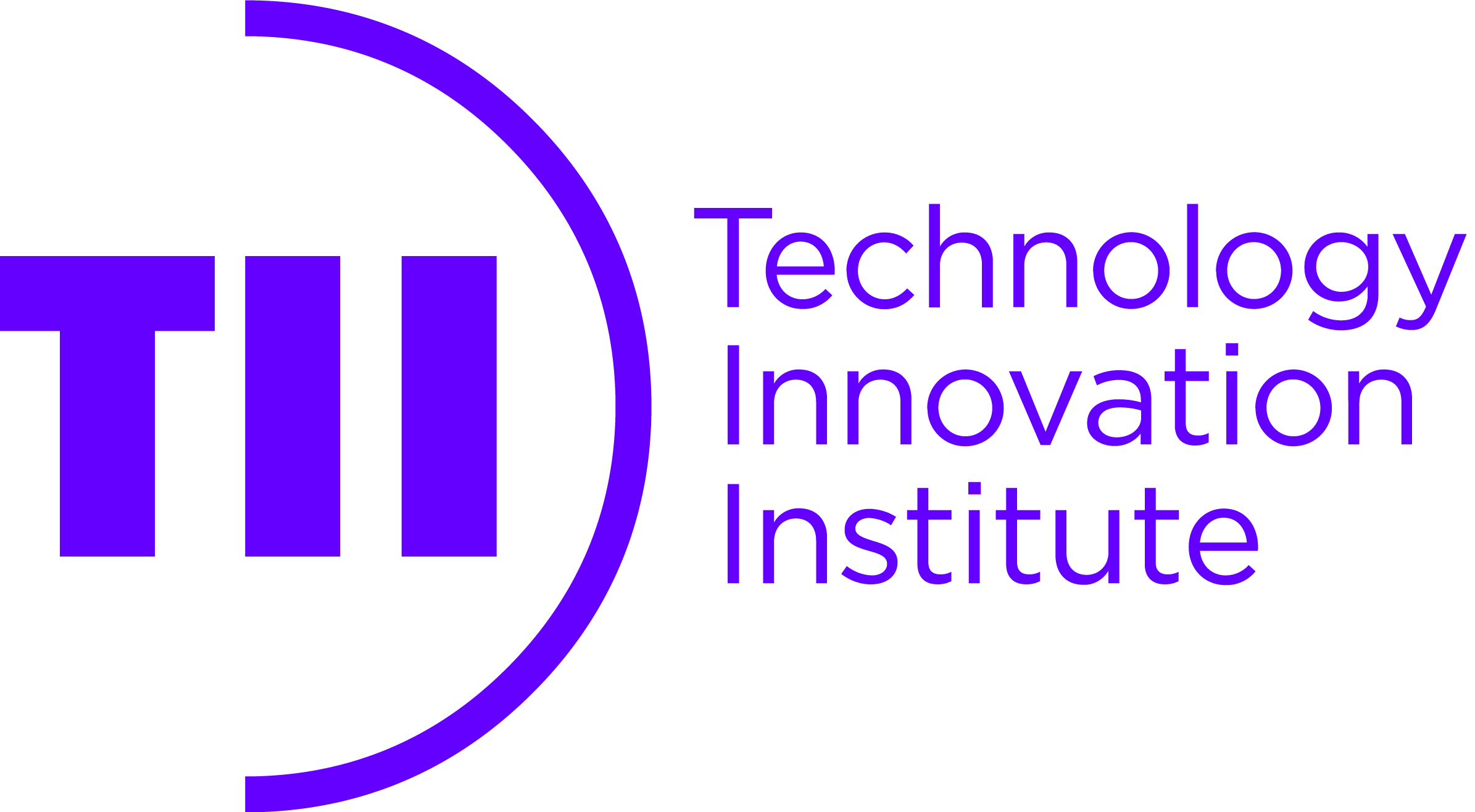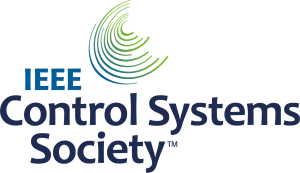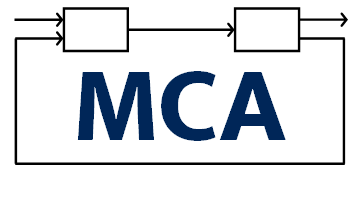Unmanned Aircraft Systems Regulations. New era for Aviation Law?
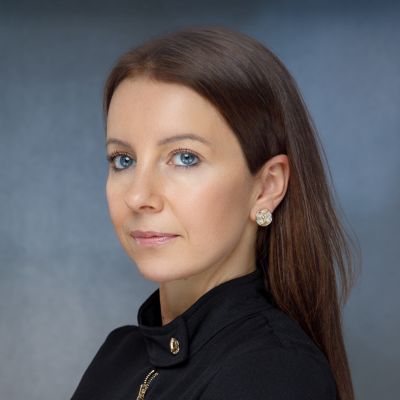
Anna Konert
Lazarski University, Air Law Professor and Director of Institute of Air & Space Law
Faculty of Law and Administration, Dean
Warsaw, Poland
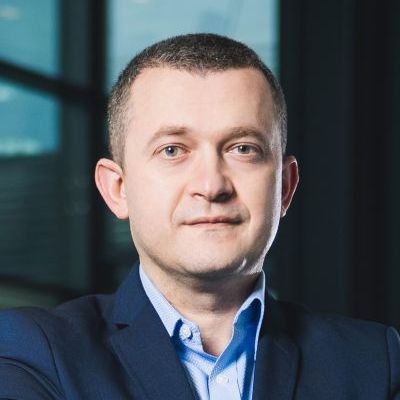
Piotr Kasprzyk
Lazarski University, Research Fellow at the Institute of Air and Space Law
Warsaw, Poland
Abstract
Numerous reports indicate that drones will gradually replace “traditional” (manned) aviation in such fields as aerial photography, infrastructure monitoring or search and rescue operations. The costs of using unmanned systems are incomparable to those incurred through manned aviation. Various services can be provided both remotely, i. e., with an operator (pilot) remotely controlling an unmanned aircraft (UA), or autonomously in a pre-programmed manner without an operator’s (pilot’s) intervention or with their role simply limited to system supervision. Some believe that unmanned aircraft systems could result in the creation of completely new types of services which would stem from their ability to operate at very low altitudes and in urban areas. Transmission network monitoring or precise aerial application activities are good examples of such new “aerial services”
Public law defines UA as an aircraft that fall within the scope of aviation law, and only sometimes need new, special regulations that go beyond the framework of traditional aviation law. However, the pace of development of UA technology in recent years rightly gives grounds to say that we are dealing with disruptive technology. Disruptive also for regulators.
It is possible to base UA regulations on certain approaches developed over the years for manned aviation safety regulations. These regulations should, above all, be proportionate. They can and should be differentiated depending on the risk associated with a given operation. However, unlike in the case of traditional safety regulations, for which an aircraft has always been the starting point, UA safety regulations focus more on operations themselves. As of today, there are no commonly accepted standards for designing and manufacturing UA. An unmanned aircraft is more of a system in which an aircraft (understood as a device capable of sustained flight) is just one of its elements. The aircraft maintains flight despite lacking a crew on board and therefore – as a system – it must consist of other critical elements such as a remote control system or traffic detection and avoidance systems. These elements also need to be subject to strict safety requirements. Determining these requirements is not the only challenge here. It is also necessary to develop rules for UA traffic organization and to review the principles of manned aviation traffic and airspace organization. Unfortunately, legal regulations are always one step behind when it comes to novel technology.
Biographies of the speakers
Anna Konert is currently the Dean, Faculty of Law and Administration, as well as an Air Law Professor, Director of Institute of Air & Space Law, Lazarski University, Warsaw, Poland. She obtained her Ph.D. in 2009 and the post-doctoral degree in 2015 at the Faculty of Law and Administration of the Nicolaus Copernicus University in Toruń. Director of the LL.M. in Air Law, MBA in Aviation and BA in Aviation Law and Professional Pilot License at Lazarski University. Honorary member of the European Aviation Club (since 2014); Vice President of the Polish Aviation Club (2013-2016); and Committee Member of the European Air Law Association (since 2013). Prof. Konert is widely published and an expert on RPAS.
Piotr Kasprzyk has a Ph. D. in Law, is an Attorney at Law, and a Research Fellow at the Institute of Air and Space Law at Lazarski University in Warsaw, Poland. Dr. Kasprzyk is also the Head of the Airport Division of a new central airport for Poland (Solidarity Transport Hub). He is also the former vice-president for aviation standards of the Civil Aviation Authority in Poland, and a former plenipotentiary for air navigation standards at the Polish Air Navigation Service Agency. He is an active member of the European Air Law Association, providing legal support for airlines, aircraft operators and owners, airport operators, air navigation service providers, aero clubs, air traffic controllers and pilot’s unions. Dr. Kasprzyk has 14 years of experience in Aviation Law and 22 years of experience in aviation as a private pilot.
